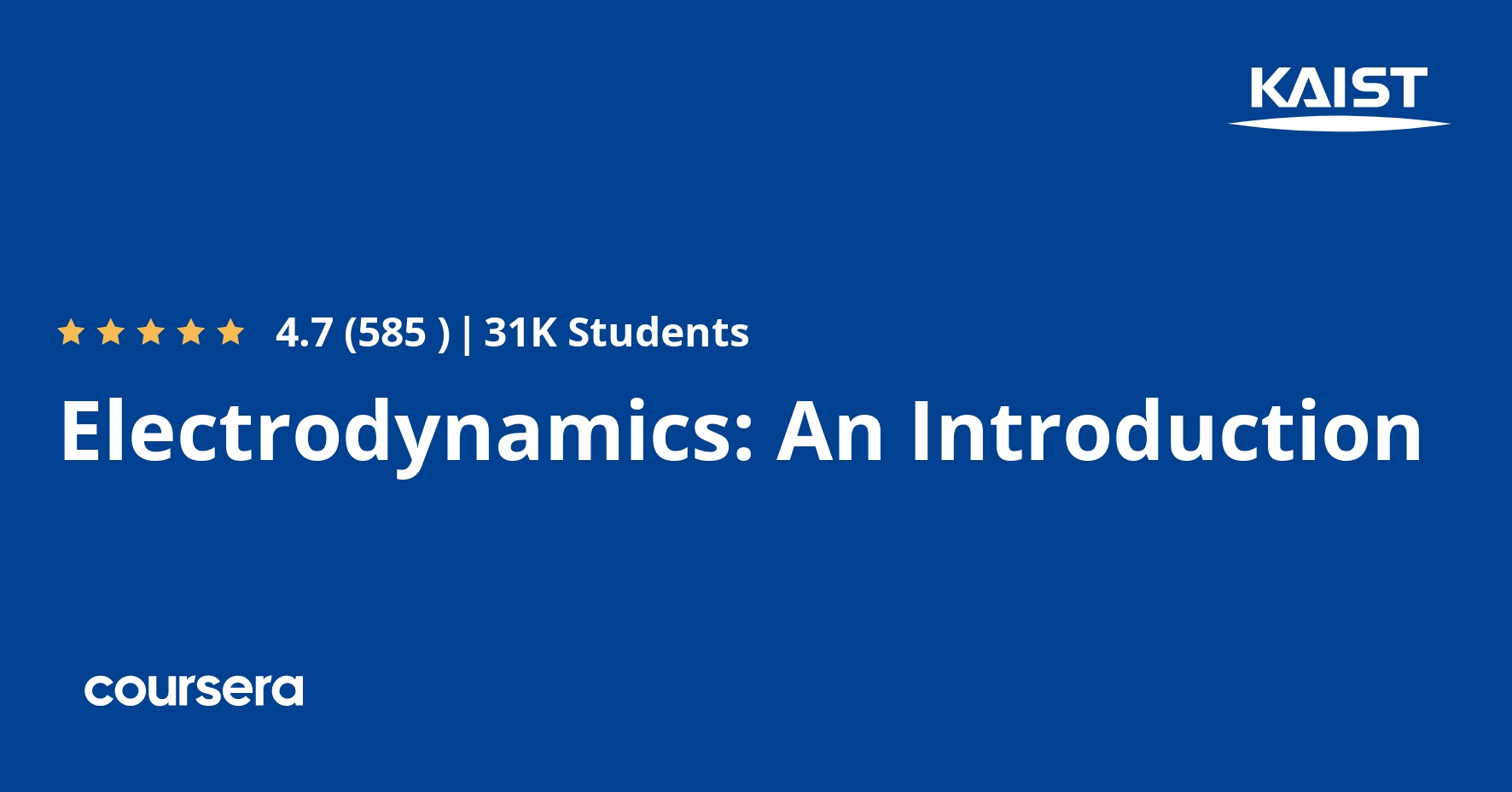Description
The depth and breadth of electromagnetism, the foundation for many fields including materials science, electrical engineering, and physical chemistry, requires a long, steep, and steady learning curve. This course aims to bridge the gap between the fundamental principles taught in electromagnetism and its practical application to specific fields such as materials, physics, and chemistry related to energy storage and harvesting.
The goal of Electrodynamics: An Introduction is to not only teach electromagnetism but also introduce some mathematical tools which can be used to solve problems in the subject. Within these lecture notes, we review vector calculus and explain how to use fields to visualize the topics we cover. This course is dynamic, as the lectures continuously build on previous notes and a variety of explanations are presented for each solution. Since this is a lower level course, we will focus on the simple concept of electrostatics. This has applications in exploring intermolecular forces, and qualities of capacitors. Through this, we relate electromagnetism to more conventionally studied topics and its application to specific research topics related to energy storage and harvesting.
What you will learn
Introduction and Basics of Electrostatics
In this module, electrodynamics is introduced by examining the different forces and explaining which are related to electric forces. Furthermore, fields are defined and we differentiate between scalar and vector fields. We cover laws that constitute electrodynamics, specifically Maxwell’s equations and the Lorentz force. After explaining how these topics can be illustrated, we also cover how relativity relates to the subject material.
Introduction to Differential Calculus of Vector Fields
This module mainly covers the mathematics behind differential forms of equations. We introduce the ∇ operator and show how it can be used in mathematics. Then, the ∇ operator is proved to be a vector. The Maxwell equations are rewritten in derivative form, and the concepts of divergence and curl are introduced. Finally, we examine the Laplace operator, and other forms of the ∇ operator applied twice.
Introduction to Vector Integral Calculus
This module explains line integrals and presents some equations where they are important. We explain what the flux and circulation of a field are conceptually and how they can be obtain using the divergence and curl through Gauss’ and Stokes’ theorems respectively. Finally, we explain the qualities of divergence and curl free fields.
Introduction to Electrostatic Solutions
This module covers how to simplify Maxwell’s equations in the scenario of electrostatics. Then, we discuss how the electric potential can be used and why using a relative value is useful for certain calculations. The flux out of different geometries is presented, as well as how to display field lines and equipotential surfaces.




